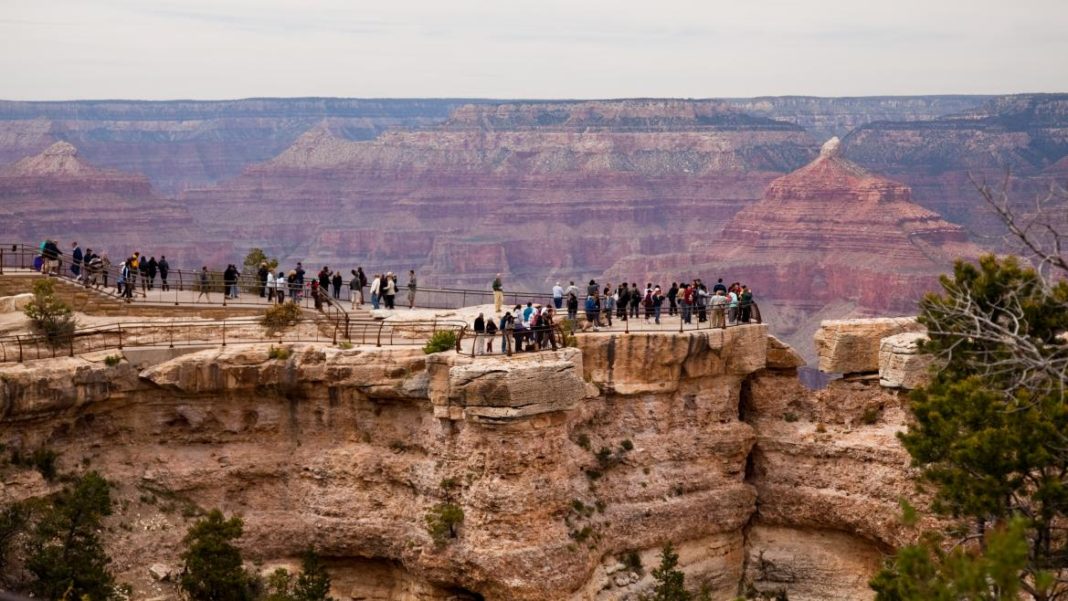A research team believes that ancient rocks are the key to understanding Earth’s early history. Researchers from Arizona State University (ASU) believe these rocks provide clues about where and when oxygen started to accumulate.
The oxygen molecule is essential to all life on Earth. These days oxygen is prevalent in Earth’s atmosphere and oceans. However, researchers studying the topic believe that oxygen was scarce for much of Earth’s history.
The study of ancient rocks has already determined that Earth underwent the “Great Oxidation Event” 2.5 to 2.3 billion years ago. Earth’s atmosphere collected oxygen for the first time during this event and has maintained it ever since. The ASU research team led by Chad Ostrander gathered new evidence surrounding the presence of oxygen before the Great Oxidation Event. Their research suggests that large amounts of oxygen were present in oceans before gathering in the atmosphere. Brian Kendall, a geochemistry associate professor from the University of Waterloo, assisted in this research in the role of a co-author. The study focused on 2.5 billion-year-old marine sedimentary rock from the Mount McRae Shale in Western Australia. Shale samples taken from the deposit provided a chemical fingerprint of ancient ocean floors. The research team dissolved the rock samples and looked at elements of interest using a mass spectrometer. Results showed that manganese oxide minerals were buried within the shale. This evidence proved that oxygen was present in the sea floor 2.5 billion years ago.
This research contributes to the understanding of Earth’s oxygen history. The findings suggest that oxygen accumulation covered large regions of the ocean, possibly down to the sea floor, before collecting in the atmosphere. Ostrander’s team is now interested in understanding what caused this oxygen build-up. The team plans to focus on this topic for their next research project by targeting ancient bacteria that produced oxygen in oceans.































